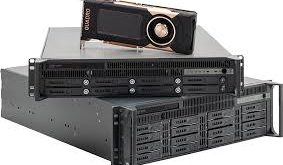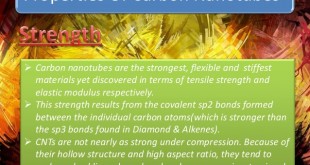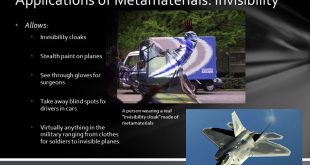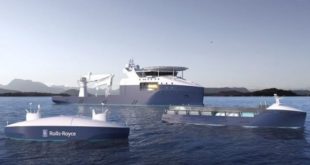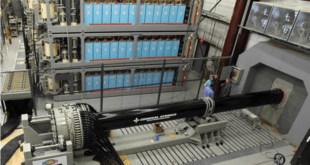Military is increasingly looking to commercial ICT devices like Smartphones and tablets and they are rapidly making their way into military operations. Modern ICT devices can provide “information superiority” to military by providing information with greater timeliness, relevance, accuracy, and comprehensiveness than to an adversary. Intelligence and military applications rely on …
Read More »New radar imaging chips enable Through the wall imaging or Wall-penetrating radar on Android smartphones
Security forces require effective ground ISR technologies that can overcome these challenges and provide effective situational awareness. One of the technologies useful in such situations is through-wall imaging which apply radio frequency (RF) and other sensing modes to penetrate wall materials and optimally estimate the terrorists hiding in other rooms …
Read More »LIDAR proving to be a valuable sensor for Smarter space management, Infrastructure monitoring, Security and Disaster Response
Lidars (Light Detection and Ranging) are similar to radars in that they operate by sending light pulses to the targets and calculate distances by measuring the received time. The key advantages of LIDAR is its superior accuracy and its ability to see through masking items, such as leaves, trees, and …
Read More »Embedded AI or Tiny AI, the next revolution in embedded systems and Military internet of things (MIOT)
The general definition of AI is the capability of a computer system to perform tasks that normally require human intelligence, such as visual perception, speech recognition and decision-making. Machine Learning (ML) is a subfield of Artificial Intelligence which attempts to endow computers with the capacity of learning from data, so that …
Read More »Carbon Nanotubes to usher carbon revolution for post silicon future, reduce Carbon Dioxide emissions to construct hypersonic weapons s
Carbon nanotubes (CNTs) are hollow cylindrical tubes formed by rolling a sheet of carbon atoms arranged in a hexagonal ring, as in a sheet of graphite, either in monolayer (single walled nanotube, SWCNT) or multilayer (multi-walled nanotube, MWCNT) form. Their diameter may range from 0.7 (SWCNT) to 50 naometers …
Read More »Meta materials based Radar cloaks to hide warships, drones and fighter planes from radars
Stealth technology has proven to be one of the effective approaches to enhance the survivability of Aircrafts. Aircraft/helicopter designers are making them stealthier by reducing their signatures; viz. visual, aural, infrared (IR), and RADAR cross section. Advancements in stealth technologies, as demonstrated by the very low RCS of stealth aircraft …
Read More »Quantum Gravity Sensor technology advancing for oil, gas and mineral exploration, resilient maritime navigation to brain mapping
Quantum sensors are measuring device that takes advantage of quantum correlations, such as states in a quantum superposition or entanglement, for better sensitivity and resolution than can be obtained by classical systems. QP will boost the capabilities of all sorts of sensory devices, such as gravimeters, which are used to …
Read More »Navies are testing Unmanned Autonomous vessels for COLREGs ( International Regulations for Preventing Collisions at Sea )
Autonomous vessels are one of the newest things in marine technology and many large organizations and companies are currently researching and testing unmanned vessels. There is a possibility that in a few years we will see unmanned vessels sailing in international waters. US Navy recently launched a fully autonomous, …
Read More »Supercapacitors critical components in Laser Directed Energy Weapons, Railguns and Electromagnetic Aircraft Launch System (EMALS)
Batteries are preferably to be used under circumstances where there is no possibility for charging, and besides this, in fields where it is important to store energy given the smaller mass and volume. Military applications of batteries include radio appliances, lamps or most electricity powered devices and equipment. Supercapacitors, …
Read More »Laser directed energy weapons technology breakthroughs enable them to be deployed on Trucks, Warships and Airplanes
The Laser Directed Energy Weapons (DEWs) offer a transformational ‘game changer’ to counter asymmetric and disruptive threats, while facing increasingly sophisticated traditional challenges. Laser technology provides major advantages for military applications over kinetic weapons due to High precision and rapid on-target effect, precise and scalable effects, avoidance of collateral damage …
Read More » International Defense Security & Technology Your trusted Source for News, Research and Analysis
International Defense Security & Technology Your trusted Source for News, Research and Analysis
